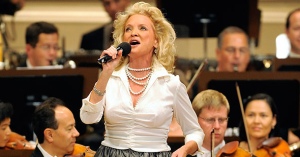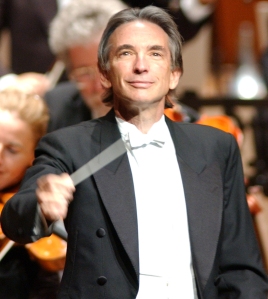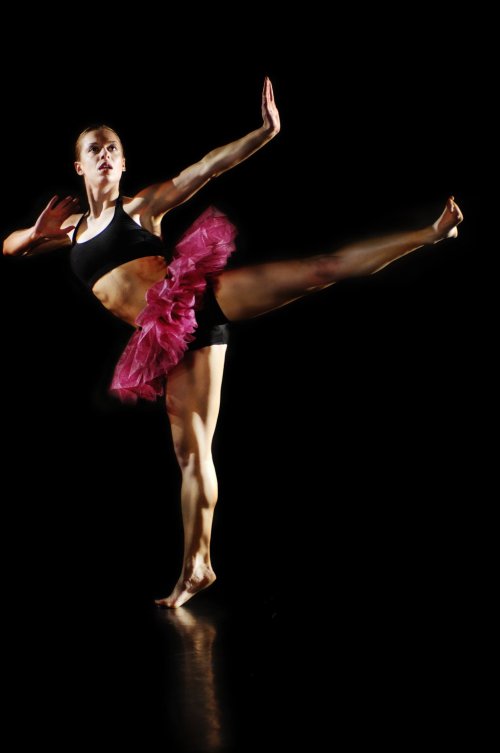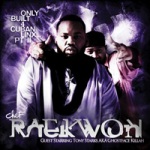The general consensus among the uninformed is that jazz is messy music. Arching back to my pop vs. classical post, people are comfortable with familiarity. Saxophones, trumpets, and the like are rarely found in music consumed by the masses, so no reason to believe anyone without a predisposed penchant for the music would take kindly to music rooted in jazz.
My awakening to the genre stemmed from my love of all things rock. Around sophomore year of high school I branched my classic rock upbringing into a realm of improvised rock, namely the bluesy improv of the Grateful Dead and the prog-based free form stylings of Phish. And as most die-hard fans of either group will tell you, their tendency to stray from composition can be linked back to a solitary icon: one Miles Davis.
So this being an age where searching out an unfamiliar artists entire discography is easy as a google search and click of a mouse, I turned to the internet to begin what has since turned into the arduous task of uncovering an entire genre. And while many artists curse the internet’s ability to aid in piracy, it is a consumers dream, especially when considering the catalog of an artist like Miles who has gone through countless shifts within the realm of jazz that mark his earlier work in the 1940s as completely different from what he was turning out in the 70s.
My first order of work was to seek out Kind of Blue, his iconic 1959 album considered by many purists to be the defining point in American jazz history. Not immediately impressed, mainly from lack of visible improv I was led to believe he honed, I only came to realize the greatness of the work when placed into context, notably the realization that the other jazz legend, John Coltrane, contributed half of the sax work on the album along with Cannonball Adderly.
Not willing to dismiss jazz on the strength of a then underwhelming introduction, I turned to late 60s Miles next. What I discovered on his back-to-back-to-back turnout, In a Silent Way, Bitches Brew, A Tribute to Jack Johnson, completely dominated my music consumption for the next few months. Tracks straddling the 20 minute mark (and with guitar!) provided the template for the dark and deep sounds I so coveted.
Although far from a jazz connoisseur, Miles has led me to discover other jazz greats I now cherish, namely Thelonious Monk and Herbie Hancock. But when I crave hearing an artist collaborating and build off his peers in unmatched fashion, it is always Miles that I first turn to.






 It is impossible to assess Igor Stravinsky’s composition The Rite of Spring without touching on the history of the piece, notably the initial reaction upon its opening night performance. By the accounts of the DVD and Wikipedia page the premiere essentially erupted into a riot. And if The Joffery Ballet’s interpretation is in fact the closest thing to a reconstruction of the original performance, it is not difficult to see why the audience would react in such a manner.
It is impossible to assess Igor Stravinsky’s composition The Rite of Spring without touching on the history of the piece, notably the initial reaction upon its opening night performance. By the accounts of the DVD and Wikipedia page the premiere essentially erupted into a riot. And if The Joffery Ballet’s interpretation is in fact the closest thing to a reconstruction of the original performance, it is not difficult to see why the audience would react in such a manner.




